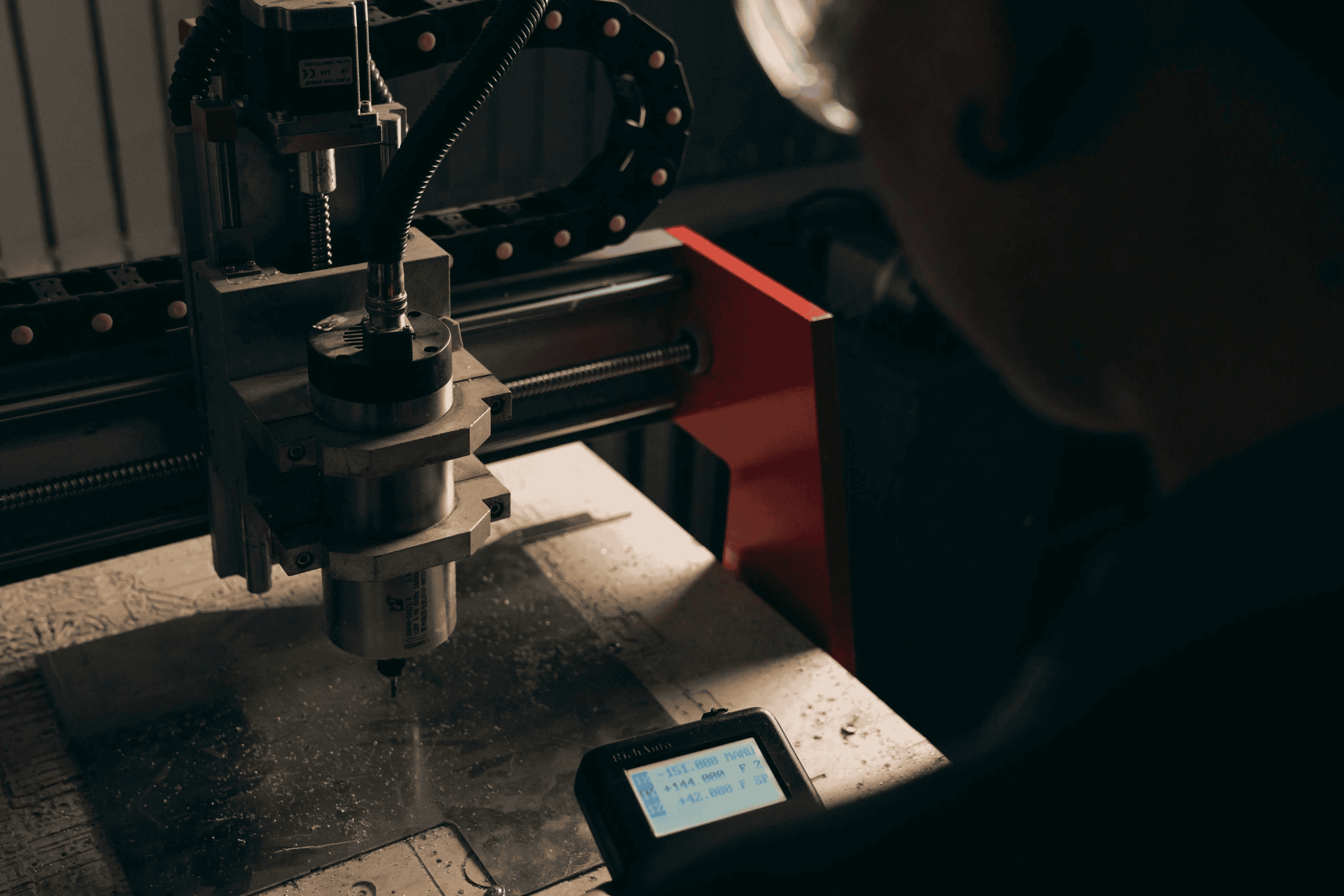Custom Fabrication

Metal bollards shielding a warehouse dock door in an industrial yard
Metal bollards are short, sturdy steel posts that create a physical barrier against vehicle strikes, guide traffic, and protect structures. In industrial settings they guard dock doors, rack aisles, electrical gear, gas meters, fuel stations, and pedestrian zones. In commercial and retail, they prevent low speed storefront crashes, keep drivers away from building corners, and safeguard outdoor seating.
Common build approaches include embedded pipe filled with concrete, surface mounted posts with baseplates and anchors, and removable designs that drop into ground sleeves. Materials lean toward carbon steel pipe with welded caps, though stainless is used where corrosion or appearance matters. Visibility matters too, which is why many installations use bright coatings or durable sleeves with reflective bands.
Steel pipe size and wall thickness drive strength. Schedule 40 is typical for general duty. Heavy duty bollards often use schedule 80 for increased wall thickness and energy absorption. Diameters around 4 inch and 6 inch are common, but larger posts show up along wider drive lanes or for higher risk exposure. Concrete cores add stiffness and help transfer load into the footing. Caps keep water out and prevent internal corrosion.
Anchoring is critical. Embedded posts set into concrete footings distribute force into the slab or pier. Surface mounted posts rely on baseplates with four heavy anchors, correct edge distances, and sound concrete. Spacing often ranges from 3 to 5 feet on center depending on vehicle widths and desired coverage. Maintain clear pedestrian paths and meet local accessibility rules.
Selecting industrial bollards starts with a risk snapshot. What vehicles operate here, at what speeds, and where mistakes happen. Low speed zones near retail entries face different forces than a yard with loaded forklifts or delivery trucks.
Impact tested solutions exist for storefront protection, such as systems rated for low speed vehicle impacts. Higher security locations may reference standardized vehicle crash test criteria. Not every facility needs a rated system, but aligning pipe wall thickness, footing design, and anchor sizing to your risk is essential.
For embedded posts, ensure proper excavation, reinforcement, and consolidation of concrete to avoid voids. Keep a plumb alignment for clean sightlines. For surface mounted posts, use baseplates sized for the anchor pattern, pull anchors to the specified torque, and verify edge distances to avoid concrete breakout. Use templates for consistent spacing around doors and equipment.
Seal against water intrusion with welded caps or fitted domes. Where corrosion is a concern, consider hot dip galvanizing before topcoat. In cold climates, keep footings below frost depth to minimize heave.
High visibility coatings or sleeves with reflective bands help drivers react in time. Keep minimum clear widths for accessible routes and emergency egress. At storefronts, align posts to avoid obstructing door swings and maintain sightlines for pedestrians and drivers. Around utilities, maintain service clearances set by the provider.
Finishes extend service life. Powder coat over a galvanized base is common for tough environments. Stainless steel offers excellent corrosion resistance near coasts or where a clean architectural look is desired. Poly sleeves over steel reduce repainting and allow quick color changes.
Removable designs use locking ground sleeves to open access for equipment or deliveries. Surface mounted models can include rubber isolation pads to reduce chipping at the base. Where frequent bumps occur, consider energy absorbing options, or pair bollards with guardrails to spread loads.
For long term performance, set a simple maintenance rhythm:
Facility teams sometimes need custom touches. Welded eyes for chains, sign plates, conduit pass throughs, or oversized baseplates for weak slabs are typical modifications. When off the shelf cannot hit the mark, skilled fabrication is the difference between a placeholder and real protection. OZK can tailor pipe size, cap style, baseplates, and sleeves to match your site.
You can learn more about our Custom Fabrication approach, including steel cutting, welding, and finishing, to support both embedded and surface mounted designs. For a deeper look at metalwork capabilities like CNC plasma and precision welding, see our Fabrication Services. Curious how we collaborate and deliver clean, on time work. Visit Why Choose OZK.
Every property is different. Start with a map of traffic patterns, identify strike zones, document concrete conditions, and set a required impact level. Choose pipe diameter and schedule that match risk, then decide on embedded or baseplate mounting. Pick a finish that fits your climate and maintenance plan. When it is time to turn that plan into steel, OZK Customs can fabricate to spec, label each post for your layout, and deliver on a timeline that works with your project.
Need bollards built to your site, not a catalog? OZK Customs fabricates steel bollards, baseplates, and sleeves to your specs with clean welds and durable finishes. Tell us how vehicles move on your property, and we will design, build, and deliver protection that fits your footprint and timeline.
ADDRESS:
6159 E Huntsville Rd, Fayetteville, AR 72701
PHONE:
(479) 326-9200
EMAIL:
info@ozkvans.com